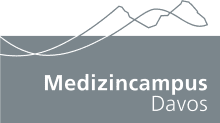Stratification of neurodermatitis/allergy sub-groups and prediction models for the course of the disease and comorbidities
With the help of the CK-CARE database and biobank the disease pattern of neurodermatitis is set to be comprehensively redefined. To this end, using samples from the biobank, the molecular and immunological signatures are itemised and linked to the microbiome. Different gene families responsible for skin homeostasis, which are activated or downregulated during the development of eczema, can thereby be identified and characterised. We also generate artificial skin in vitro, using human cells from patients and healthy people, in order to study the molecules involved, various medications and the interaction with microbes. With this comprehensive, scientific, translational approach, disease sub-groups can be characterised and defined. Personalised and customised treatments can then be developed and applied.
Another central aspect is the increase in allergies and neurodermatitis in middle and old age. With the help of the ProRaD study, it has already been shown that older patients with allergies and neurodermatitis have a high degree of concomitant diseases (comorbidities), especially cardiovascular diseases. This increases the complexity of the clinical picture, and therefore, of the necessary treatment. The Medicine Campus Davos offers the unique opportunity for joint and interdisciplinary analysis of cardiovascular and allergic diseases. In a society undergoing constant demographic change, co-morbidities and the resulting reduction in quality of life impose a socio-economic burden on the health care system.


